RUGBY league and union, cricket, soccer and athletics – even greyhound racing.
Historic Taylor Oval in the heart of Moree embraced all codes of sport for more than a century, but was decommissioned as a playing field several years ago.
Moree Plains Shire Council has since divided the community with a proposal to build a 50-metre swimming pool complex on the site.
Arguments for and against are being debated everywhere. Whether it be at the check-out line at Coles or Woolies, or perched on a bar-stool at one of Moree’s pubs or clubs, everyone in Moree has an opinion about building a swimming pool at Taylor Oval.
It’s not the first time council has inspired vigorous debate about the culturally significant block of land, just a “big six” from the Moree CBD.
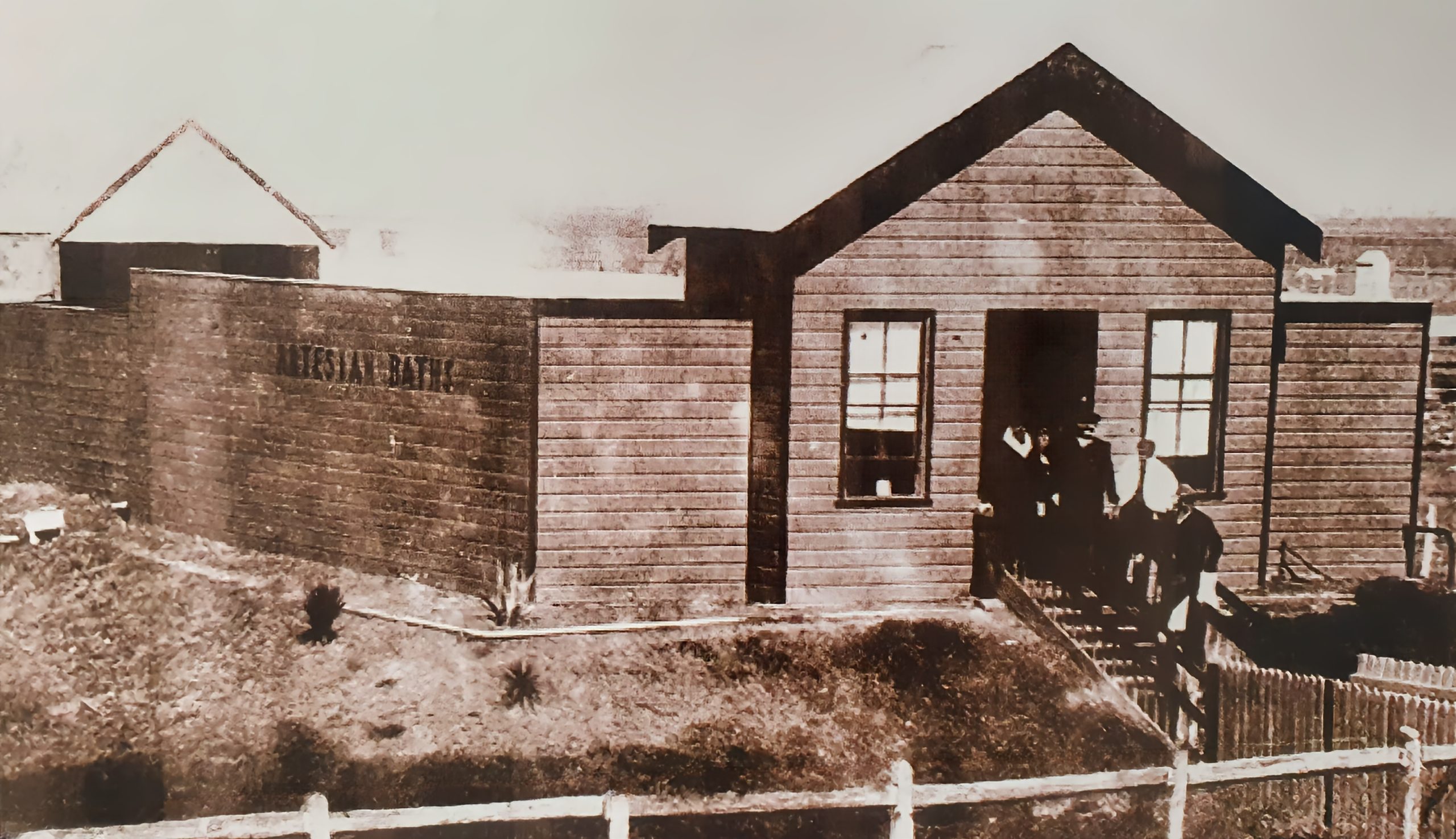
Moree Bore Baths in the early 1900s (Image Supplied).
Nearly 16 years ago, Woolworths and Moree Plains Shire Council announced intentions to redevelop Taylor Oval for a Big W store and shopping complex after the NSW Government agreed to sell part of the site.
A Big W shopping complex was never built, and Taylor Oval has since sat dormant.
Moree Plains Shire Council now plans to develop a swimming pool complex, despite already having a shovel-ready site at the existing Moree Artesian Aquatic Centre, home of Moree’s internationally-acclaimed artesian waters.
On September 6, 2013, MAAC was listed as an Australian national heritage site, due to its significant role in the Australian Freedom Ride protests against racial segregation in 1965.
The heritage listing states “the building is still in use and is in good condition. Since 1965 the exterior has been modified and there have been minor refurbishments to the interior of the baths and swimming pool”.
“These modifications have not affected its heritage value relating to the 1965 Freedom Ride”.
The protests, by a group of University of Sydney students led by Charlie Perkins, brought national attention to the issue of racial discrimination and the exclusion of Aboriginal people from the pool.
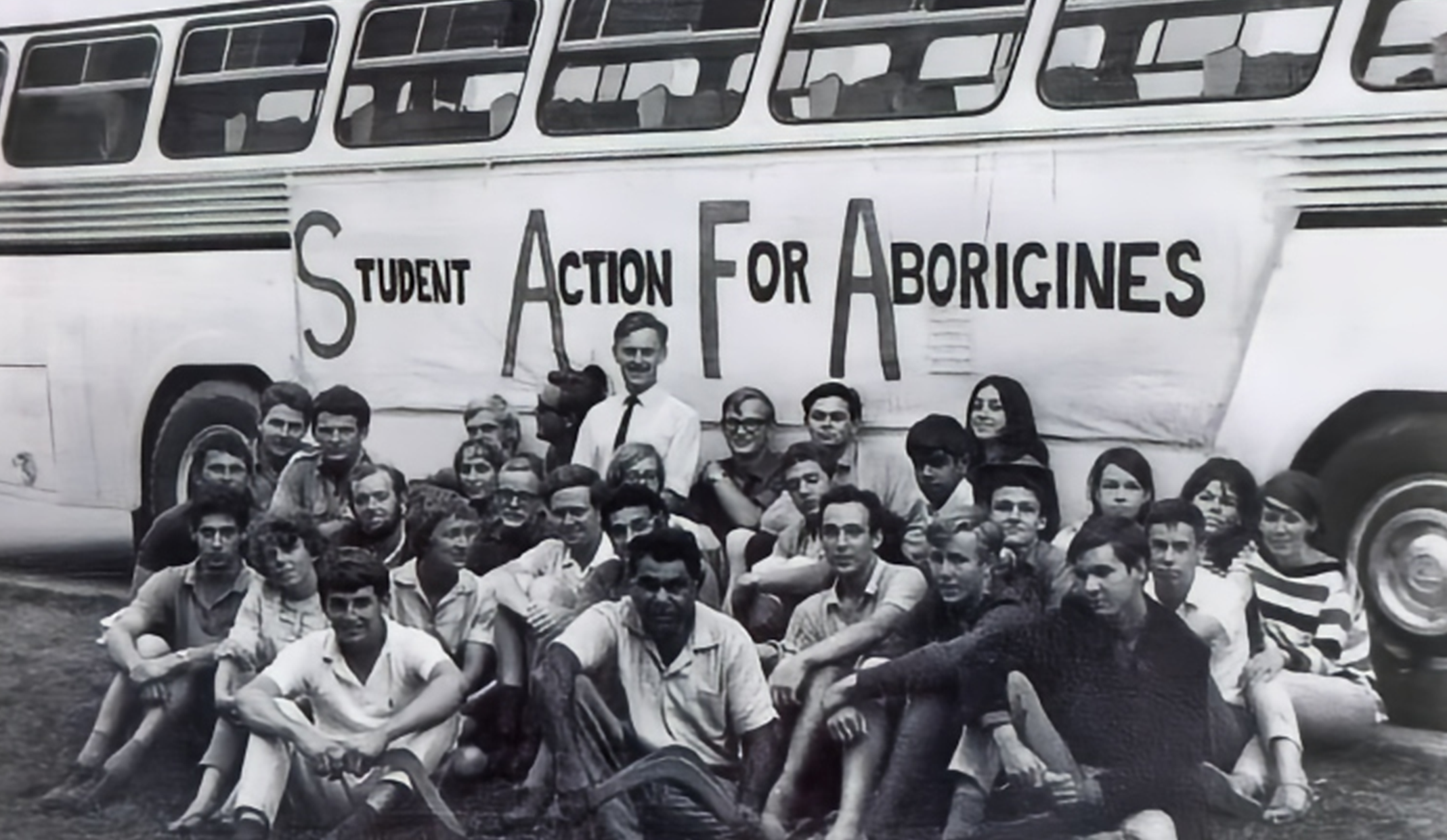
A group of University of Sydney students led by Charlie Perkins, in 1965 brought national attention to the issue of racial discrimination and the exclusion of Aboriginal people from the Moree pool (Image Supplied).
The group, Student Action for Aborigines, embarked on a 15-day bus journey across New South Wales and southern Queensland, with a purpose to expose the appalling living conditions of Aboriginal people and the systemic racism and discrimination they suffered.
The MAAC site is now being considered for a blue plaque as part of a Freedom Ride Blue Plaque Trail.
Burial site
In 2007, Taylor Oval was listed as an Aboriginal burial site.
Moree Plains Shire Council’s Taylor Oval Feasibility Report, published earlier this year, found the Taylor Oval site is technically suitable for a pool facility, but identified several constraints and challenges, including an Aboriginal Heritage Information Management System Listing.
The report says several studies and investigations, including electro-magnetic resonance surveys and test excavations, have found “no basis for this claim”.
“It is also noted an application was made for State Heritage Registration of the site via Section 10 provisions of the Aboriginal and Torres Strait Islander Heritage Protection Act 1984 via the Environmental Defenders Office, but this failed due, in part, to a lack of evidence of a burial site.
“In considering the above, Council has requested Heritage NSW to review the site listing based on the evidence detailed in the Site Card. Subject to the outcomes of the review an Aboriginal Cultural Heritage Assessment Report (ACHAR) and Aboriginal Heritage Impact Permit (AHIP) may be required,” the report says.
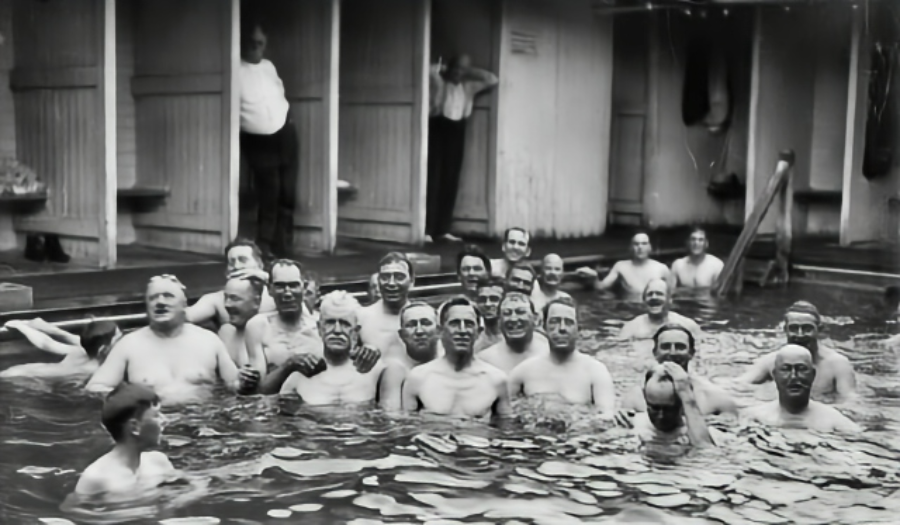
Moree Bore Baths men’s pool in the 1920s (Image Supplied).
Teddy Taylor
The playing field, originally known simply as ‘Moree Oval’, was gazetted in 1892, four years after Edward Henry ‘Teddy’ Taylor was born at Nundle, near Tamworth.
In 1906, 18-year-old Teddy Taylor was officially appointed Moree Municipal Council pound-keeper.
He enlisted in World War I on July 29, 1915, as a member of the 55th Battalion. He served in France, was wounded and sent home, and received his discharge from the AIF on July 12, 1918 after serving nearly three years.
Taylor married Florence Jane Ripley in 1919 at St Leonards, Sydney, and the marriage produced three children: Neville, Ronald and Jean.
Teddy Taylor was a short, roundish bloke, but his presence was huge, and he’s long been regarded as the father of sport in Moree – ‘Mr Cricket’ and ‘Mr Football’.
Two of Moree’s earliest rugby league clubs – the Magpies and the Galahs – were known as ‘Teddy Taylor’s boys’, with the Galahs later becoming East Moree Football Club.
Taylor, who also worked as a grocer for AC Reid and Co, was a long-serving Moree Municipal Council alderman, as well as secretary of the local branch of the Independent Order of Odd Fellows for 25 years.
He was also a founding member of a committee formed to raise funds for a Soldiers’ Memorial Hall in Moree and a committee member of the Comforts’ Fund.
Taylor was an original committee member of the Moree Diggers’ Race Club and also assisted the Red Cross and Moree District Hospital when help was needed.
In the realm of sport, Taylor joined Moree Rugby League Club in 1921 and held the positions of president, secretary and treasurer at different times.
He was a Moree Cricket Association committee member and selector for many years as well as secretary for five years.
Taylor was also treasurer of the Moree Greyhound Racing Club for six years and a committee member for much longer.

Moree Bore Baths ladies pool in the 1920s (Image Supplied).
The Oval renamed
In April, 1953, Moree Municipal Council received a request from Moree Service Club to officially rename Moree Oval in recognition of Ted Taylor’s long association with Moree sporting clubs.
A subsequent meeting between council aldermen and Moree Service Club representatives voted to officially name the site Taylor Oval.
Moree Service Club president Jim Brooks told the delegation, naming the site Taylor Oval was an honour befitting the father of sport in Moree.
The following year, past players of Magpies Football Club organised a testimonial dinner for Taylor at the Max Hotel.
Mayor Alf Sadlier paid tribute to Taylor for his lifetime of voluntary service to Moree, particularly sport.
“Ted is the ‘willing horse’, who undertook his tasks so quietly and went about them so quickly, most people would not realise the roles he has played over the years,” Sadlier said.
He was described as a tireless worker, encourager, organiser and coach of the young boys and junior players who chose rugby league as their sport.
Taylor died in 1957, aged 69, but his legacy endures.
When moves were made to transform Taylor Oval into a retail complex, Joan Hetherington wrote in Moree and District Historical Society’s Yilaalu “the young lads whom he trained and coached in football all those years ago have never forgotten him, and in later years they have waged a long battle to retain the oval named after their idol”.
Bradman’s visit
The historic oval once drew thousands of spectators to watch all codes of sport.
Greyhound racing was held there regularly, and some noted sporting luminaries have graced the hallowed grounds.
Don Bradman played cricket there in 1929. He was recruited by the New South Wales Cricket Association to join a team mainly made up of Sheffield Shield players, at the time playing at country centres to promote the sport.
The touring side arrived in Moree on the North West Mail and one of their first stops was Moree Bore Baths to soak up some artesian water.
On September 21-22, 1929, Kippax’s XI – captained by Australian Test cricketer Alan Kippax – played a two-day match against the North-West District team, formed five months earlier.
The North West Champion previewed the match, saying “a comparison in the styles of Don Bradman and Archie Jackson will be afforded by the presence of these two young internationals, while state captain Alan Kippax should delight the spectators with a display of his artistry with the bat”.
“Fairfax should also provide his share of thrills for the crowd, and both his batting and bowling will be watched with interest.”
Kippax’s XI beat a gallant north-west team, with Bradman knocking out 107 runs and taking five wickets.
A civic reception drew a big crowd and a gala ball was held at Moree War Memorial Hall after the game.
While in Moree, Bradman stayed with George and Dorothy Ledingham at Laidlaw, Moppin, near Garah.
Mrs Ledingham was a personal friend of Jessie Menzies, who in 1932 became Mrs Donald Bradman.
Gold medallist Dick Eve
The same year Bradman was in Moree, on the other side of town a new employee started duties at Moree Bore Baths.
Richard Cavill “Dick” Eve, was signed on as artesian baths manager and consultant on the design and construction of a new concrete swimming pool and grandstand, estimated to cost £7000.
The new infrastructure was considered a wise investment by Moree Municipal Council, given the previous year the baths registered more than 150,000 admissions and showed a net profit of £2000 for the year – nearly $200,000 in new millennium dollars.
Eve was 28 when he came to Moree in May, 1929. He was a champion pool diver and Australia’s only Olympic Games diving gold medallist in the 20th century.
He collected gold at the 1924 Paris Olympics and helped organise Olympic teams for Amsterdam in 1928, the same year he managed and helped design a new swimming pool complex at Singleton.
The following year, Eve arrived in Moree to manage the bore baths and help design a new Olympic-sized pool and grandstand.
Plans included a modern gymnasium, physical culture department, treatment and massage rooms and a cooling-off lounge.
“The Singleton baths are the best in Australia, but the new pool at Moree will outrival those,” Eve told newspapers.
Eve’s term as manager-consultant was short-term, and he returned to Sydney to run a hotel at Ultimo later in the year. The new pool was opened a couple of months later.
Eve later managed the Australian team at the 1932 Olympic Games in Los Angeles.
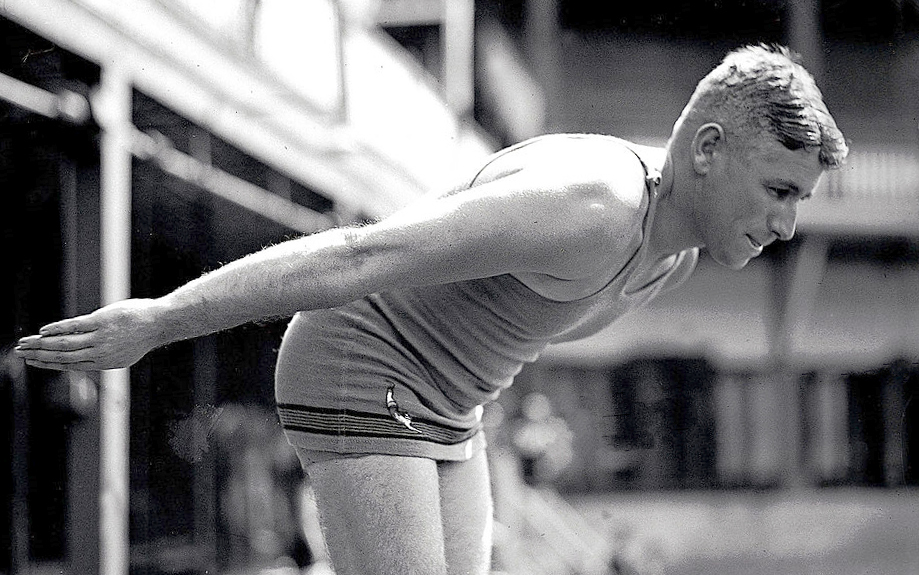
Olympic gold medallist Dick Eve in 1929 managed and helped design a new Olympic pool and grandstand in Moree (Image Supplied).
New pool built in less than 12 months
In February, 1929, the North West Champion reported: “The decision of the Moree Municipal Council to construct a swimming basin of modern design and dimensions is a move in the right direction, and one that will have the unanimous approval and support of the citizens. Our artesian Bore Baths are undoubtedly a great attraction, and a splendid asset to the town, and if the suggested improvements are carried out they will become a still greater attraction, and a bigger revenue-earning proposition than they are today. In a hot climate like that of Moree, cold water swimming baths would prove a gold mine during the trying summer months.”
At the time, the design process of the pool included a roving tour of Moree councillors and town clerk Austin Thompson to inspect similar facilities in centres across New South Wales, including Tamworth, Muswellbrook and Singleton, the latter managed by Dick Eve.
Less than 12 months later, on Saturday, January 4, 1930, an Olympic pool and grandstand was officially opened in Moree.
“The concrete grandstand, with its suites of dressing rooms and cubicles and showers, presents a solid and lasting appearance, and even if the Initial cost is high, there should not be a very big outlay for (future) repairs,” reported the North West Champion.
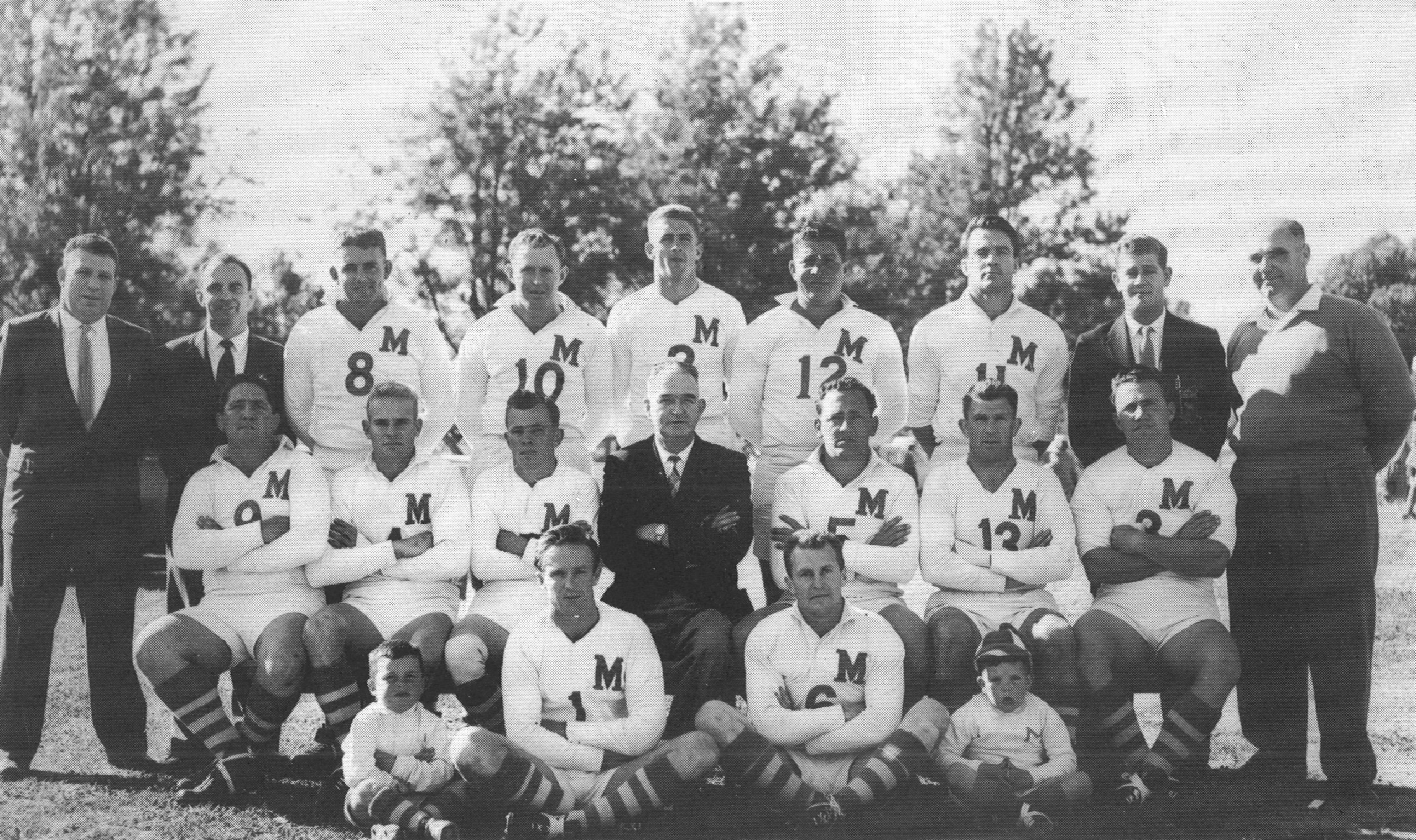
Moree Rugby League Football Club in 1960 (back row from left) selector Keith Jarvis, co-coach Clive Churchill, Reg Mitchell, Don Cameron, Harold Broderick, Ross Jenkins, Arthur Henderson, Rodney O’Mullane, selector Bob Picone with (seated from left), Allan Johnson, Heinz Blume, Rodney Skaines, club president Noel Tolhurst, team captain and co-coach Eric Gilligan, Alf Hardman and Ivan Shearer. Sitting at centre in front are Max Scott (left) and Kevin Bourke, flanked by team mascots Michael Clarke (left) and Phil Hardman (Image Supplied). Clive Churchill returned the following year to captain-coach Moree.
Clive Churchill coaches Moree
On the other side of town, Taylor Oval was a sporting mecca.
In 1960, Moree Rugby League Football Club signed league legend Clive Churchill for seven weeks to coach the Moree squad with Ernie Gilligan.
Just 12 months earlier, Churchill coached the Australian Kangaroos, who toured England and France.
Moree won the grand-final in 1960 against Armidale and the following year Churchill was re-signed to what would be his last captain-coach position.
Churchill, who won five premierships with South Sydney Rabbitohs as a player and another three as coach, played 34 Tests for Australia and captained his country in 24 of them.
In 2008, Churchill made Australia’s greatest 100 players’ list and later that year was named fullback in Australian rugby league’s Team of the Century.
He played the entire 1961 season with Moree – his swansong from rugby league – and his presence drew huge crowds to Taylor Oval home games.
Taylor Oval is saturated with the names of champion players from a gold era of rugby league.
Surnames like Mahaffey, Jurd, Quinn, Hardman, Henderson, Blake, Mather, Peachey, Girard, Ritchie, McFadyen, Broderick, McGrady, Heinz, Ryan, Shearer, Briggs, Brooks, Roberts, McLaren, Dean, Skaines, Wright, Swan, Sampson, Scott, Rice, Cook and Raveneau headline a long list of local stars who played at Taylor Oval.
In an interview with this writer in 2018, Moree rugby league guru, the late, great Alf Scott, said Churchill was the best player he’d ever watched.
“The last games Clive played were for Moree and, unfortunately, we were beaten by Warialda in the grand-final (in 1961),” Scott said.
“It was the biggest crowd I’ve ever seen at Taylor Oval. There were people on the ground right up to the sidelines and more people stacked on semi-trailers all the way around the ground.
“Churchill was the best in his era and I can honestly say he was the best footballer I’ve ever seen,” he said.
Words: Bill Poulos
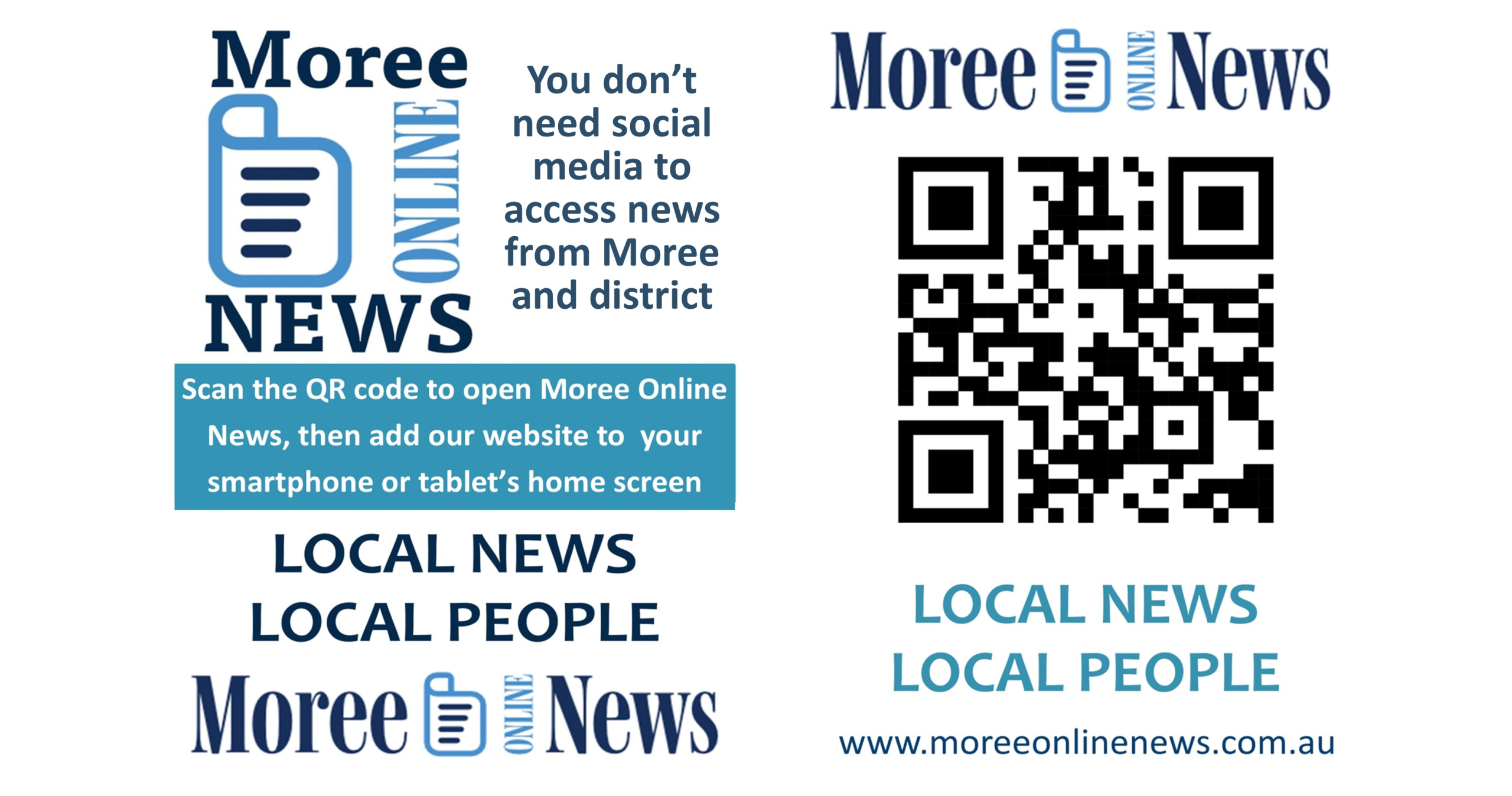



















































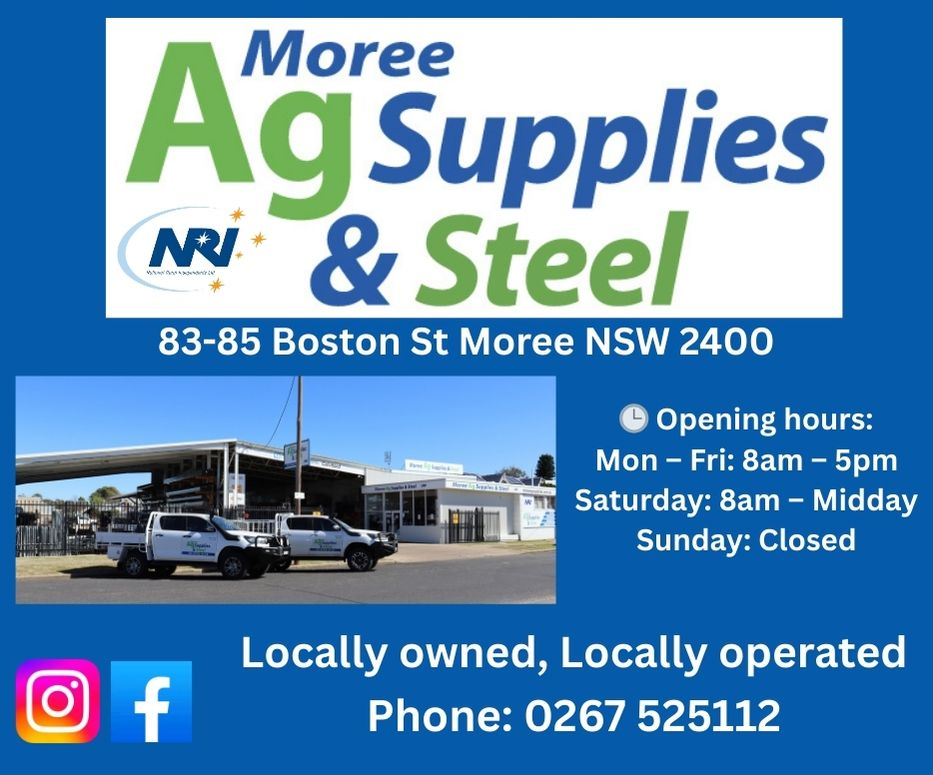














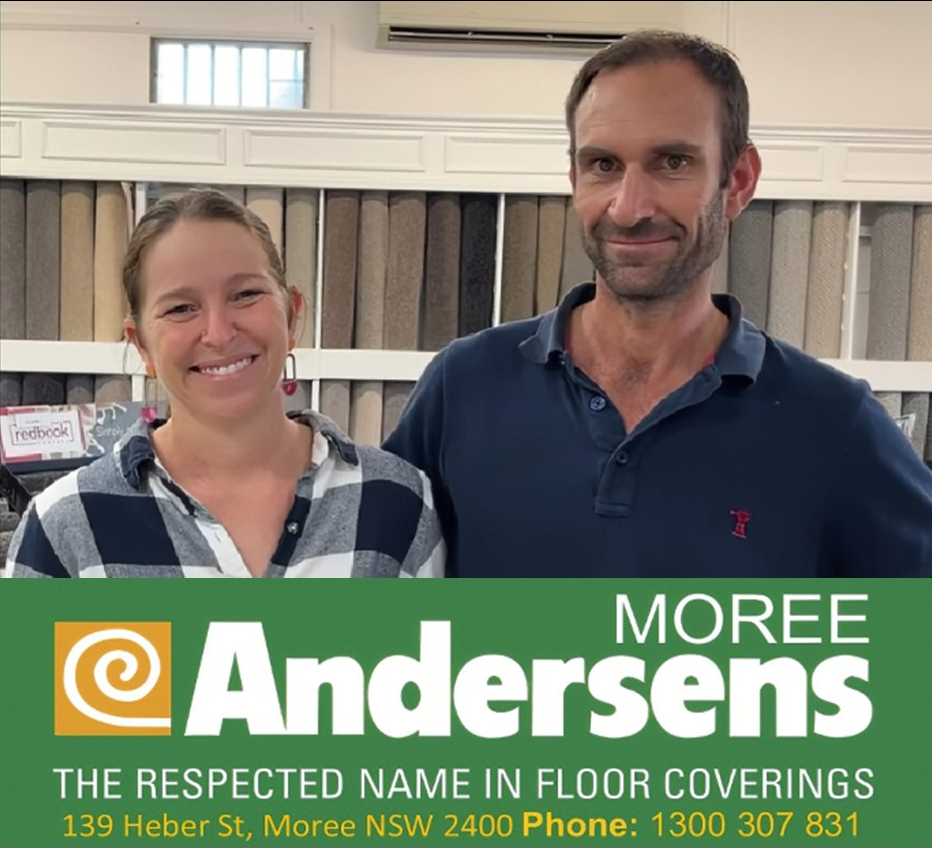












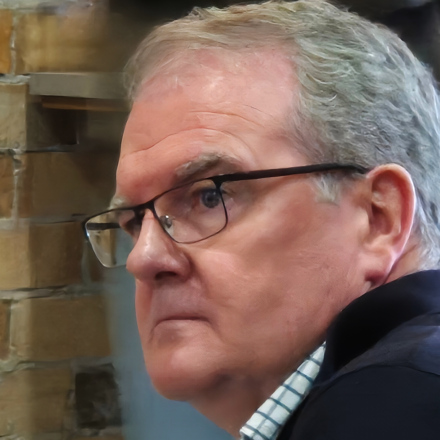
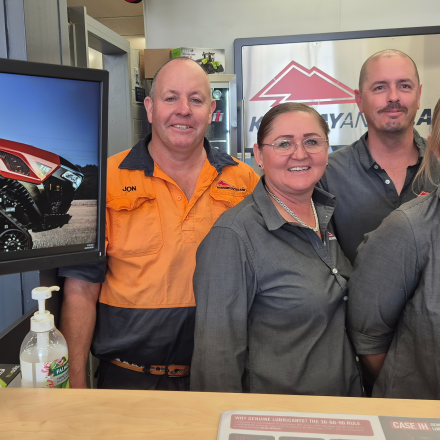
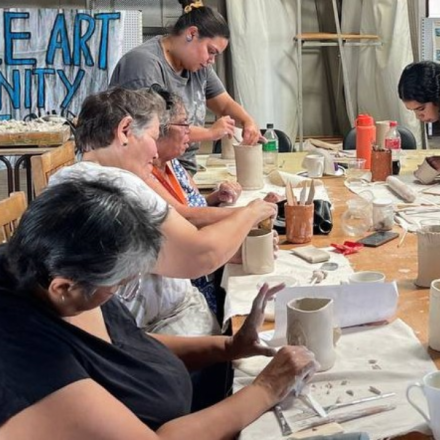
Bill and Cindy thanks for a great ,informative article.{As usual)